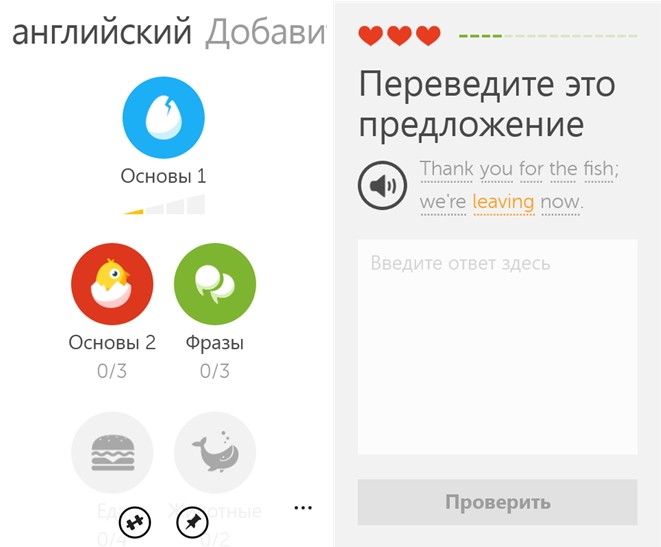

A pilottest was previously conducted, and pre-test (0.81) and post-test (0.98) coefficients were considered acceptable according to Cronbach’s Alpha. The measuring instruments were designed for this specific study and focused on testing the six components of linguistic competence according to CEFR at level A2 (2018).

This study is a quasi-experimental research that analyzed pre-test and post-test results on a sample of 40 participants (control group of 20 participants and experimental group of 20 participants). This study is a Mexican-based case using Duolingo to improve virtual courses in higher education students whose first language is Spanish. This paper reports the impact of a type of m-learning on developing students’ linguistic and communicative competence in English as a second language. Possible ways to incorporate Duolingo into foreign language courses are discussed, always considering it as a complement to the curriculum, but also considering its value to reinforce vocabulary and grammar acquisition through spaced repetition, interleaving of different skills and a variety of activities. It is usually enjoyed by students because of several features, such as its ease of access on a mobile device, its gamified aspect, and the variety of tasks available. Preliminary results suggest that Duolingo is an easy-to-use app, which is useful, and has learning potential, although its main modules are not based on communicative competence. The functionality of Duolingo, the kind of activities that can be undertaken, and how learning is achieved are described. The students used the app online, either in its mobile version or in their web browser. In the case of this study, Duolingo was used as part of the program of studies in two Spanish university courses, one a beginner’s Spanish course (level A1) and the other one an advanced intermediate course (B2). These types of apps use adaptive learning technologies, which are able to tailor the tasks to the level of each student. This article explores the idea of using an already existing language learning app, Duolingo, to complement traditional university level courses of Spanish as second language.


 0 kommentar(er)
0 kommentar(er)
